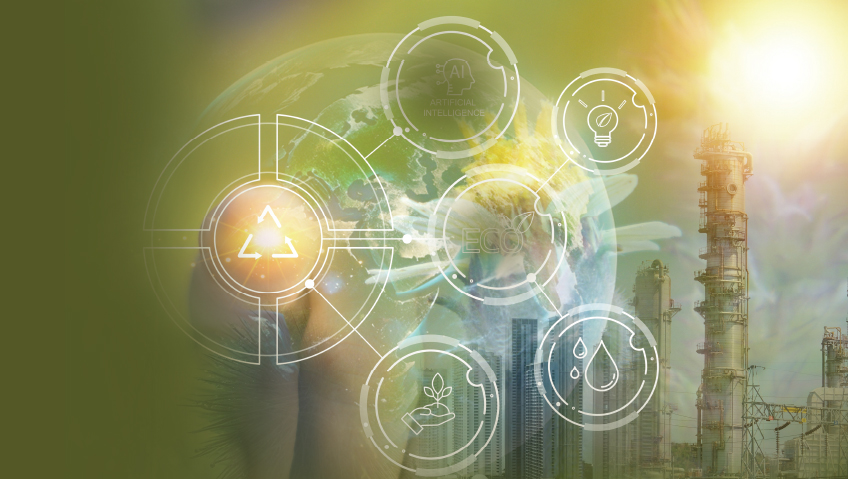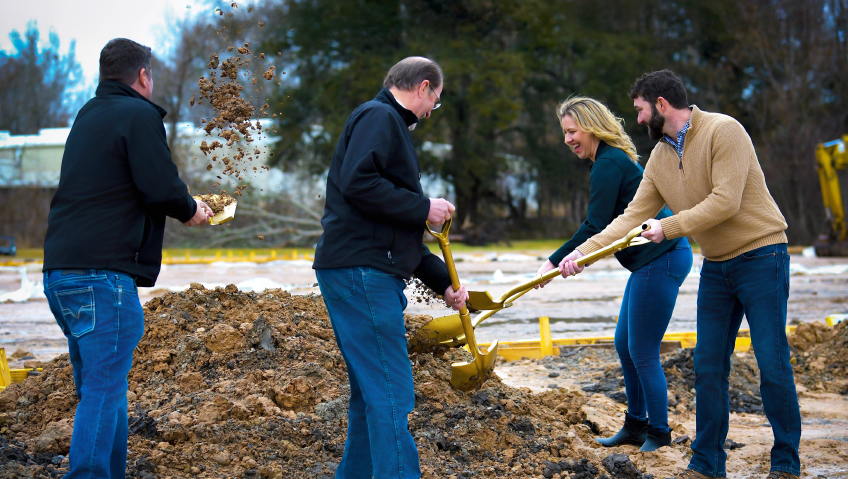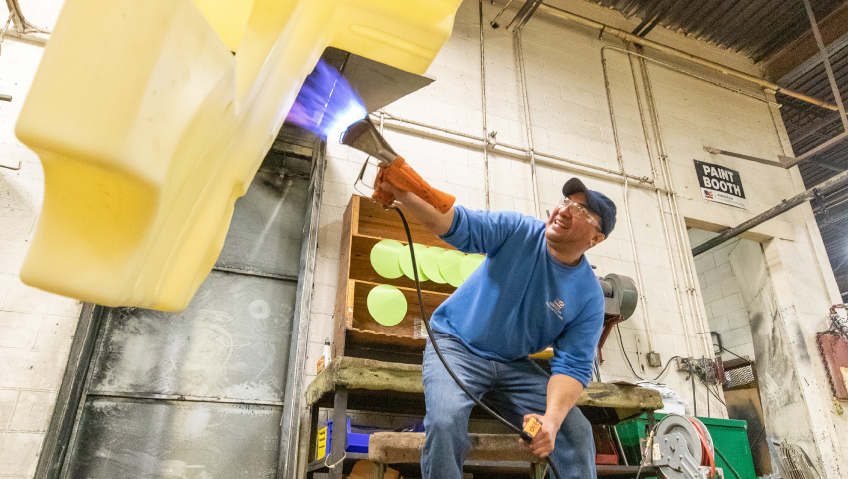Right now, floating somewhere in between California and Hawaii, there is a mass roughly twice the size of Texas. It’s known as the Great Pacific Garbage Patch, and it is largely made up of plastics. The patch is as large as it is because of the Pacific currents, which pull waste from all over the world into the mass like a giant circular mixer. Despite its size, it’s not as visible as one might think. It doesn’t actually look like a mass of floating garbage.
“If you were out there, you would just see pristine blue ocean,” says Matthias Egger, the head of Environmental and Social Affairs at The Ocean Cleanup, a non-profit developing technologies to rid the oceans of plastic. Speaking to CNN, he compares the patch to the night sky. “If you look up at night, you see all those white dots, that’s essentially what you see in the garbage patch. It’s not that dense but there are a lot of them. You start seeing more and more plastic the longer you look.”
How did we end up with 1.8 trillion pieces of plastic floating in the Pacific Ocean? A big part of the problem lies in the fact that we produce about 460 million tons of plastic every year, according to the United Nations Environment Programme. Of all this plastic, only about nine percent is recycled. And it’s only getting worse—by 2060, global plastic production is expected to triple.
Take a quick look around your room, and you’ll see that many everyday items are made of plastic or contain plastic components. But plastic poses a significant environmental problem because it doesn’t break down. Instead, it shatters into tiny pieces called microplastics, which are now in the oceans and in marine life that consumes them—and, ultimately, in us.
This is a troubling outcome, and more people are recognizing the urgency of the issue. The question is, what can be done to mitigate the environmental damage caused by plastic?
There are several approaches to either extract plastic waste or prevent it from impacting the environment. One emerging idea is converting plastic waste into energy.
That’s what a lab at Rice University in Houston is exploring. Using a process called rapid flash Joule heating, they heat plastic to 3,100 degrees Kelvin (about 5,120 degrees Fahrenheit) in just four seconds. This causes the hydrogen to evaporate from the plastics. “The main form of hydrogen used today is ‘gray hydrogen’ which is produced by steam-methane reforming, a method that generates a lot of carbon dioxide,” James Tour, professor of chemistry, materials science and nanoengineering, tells Rice University News. “Demand for hydrogen will likely skyrocket over the next few decades, so we can’t keep making it the same way we have up until now if we’re serious about reaching net zero emissions by 2050.”
Other researchers are focusing on the first stage of plastic production and how to make plastics easier to recycle. Dr. Elisabeth Prince, assistant professor of chemical engineering at the University of Waterloo in Canada, is investigating how to create plastics that can degrade and be more easily recycled. The challenge is that plastics are made with permanent bonds that are resistant to heat, so they can’t be recycled using traditional methods that involve melting and remolding. Instead of changing recycling infrastructure, Prince’s team is working to alter the materials themselves so they can be remolded without compromising their properties. This process could also be applied to rubber tires, epoxy coatings, and elastic bands, helping to reduce landfill waste.
While these technological advances show promise, the true solution to plastic waste lies in addressing how our consumer society contributes to it. For decades, the consumer model has been to buy, use, and discard products. This “linear economy” model has been in place since the Industrial Revolution. With advances in manufacturing, we can make more products like cars and smartphones, but we haven’t changed our approach to handling the materials we use. We continue to extract raw materials from the Earth or harvest them, turn them into products, and dispose of them when they’re no longer useful.
Plastics are well-suited for this linear model. They are lightweight, flexible, and versatile, making them ideal for manufacturers. They’re also cheaper and more durable than many alternatives, which makes them appealing to consumers. However, once these plastic products reach the end of their lifecycle, they pose long-lasting environmental challenges.
The good news is that the circular economy approach offers a solution. In a circular economy, products are diverted from landfills and their lifespan is extended, getting us closer to a sustainable economy.
When discussing the circular economy and plastics, the first thought often turns to recycling. Can’t we just melt down plastics and recycle them to keep them out of landfills? While researchers at the University of Waterloo are making great strides in this area, the current structure of plastics presents limitations. How can we produce products and recycle them in a truly circular way?
After plastics are emptied from a recycling bin, they’re typically hauled to recycling centers, sorted by machines and people, and then sent to factories that break them down. However, current recycling processes cannot fully break down plastics, which is why we still face significant plastic waste.
But some promising advances are underway. For example, pyrolysis is a process where plastics are heated to 500 degrees Celsius without oxygen, which avoids combustion. The result is bio-oil liquids, bio-char solids, and syngas, all of which can be used for other purposes.
Pyrolysis is one method in a field known as advanced recycling, which is growing rapidly. In 2022, the market for advanced recycling technologies was valued at $270 million and it is projected to grow to more than $9 billion by 2031.
Brightmark Inc., for example, has set up a plant in Indiana that uses pyrolysis to process waste, primarily converting it into oil for fuel. Critics argue that this approach is not the best for the environment, as it still reinforces our dependence on fossil fuels. “The benefit of recycling comes when you return materials into the production cycle, which reduces the demand for virgin resources,” says Veena Singla, a senior scientist at the Natural Resources Defense Council to Yale Environment 360. Still, many companies worldwide are planning pyrolysis plants to help combat plastic pollution. Ideally, the oil byproduct will be used to create new plastic, promoting circularity in the production cycle.
Sadly, there are no simple answers to the plastic waste problem. While technology may provide some solutions, the real solution will come when we fully commit to changing how we view and use the products that surround us.






